Thang Long Imperial Citadel, the most important heritage that Hanoi devotes resources to protect and promote its value. (Photo: nhandan.vn)
Ministries, sectors and local authorities have implemented many solutions to preserve and promote heritage values, in which the most important solution is to rely on the people, through awareness raising activities, so that the community can directly participate and people can benefit from the heritage.
Affirming the role of the subject
Mr. Nguyen Van Loi (Ngoc Ha ward, Hanoi) still remembers the sacred feeling when he was able to offer sacrifices to the ancestors who have contributed to the country on the occasion of saying goodbye to the old year and welcoming the new year of At Ty 2025. “I have been the chief celebrant for many years at Tong communal house (Van Phuc communal house, Ngoc Ha ward). At the beginning of this year, I was invited to perform rituals to the kings at Thang Long Imperial Citadel. Previously, my work had nothing to do with the cultural field. When I got older, I participated in local cultural and spiritual activities. Being able to enter the Imperial Citadel to perform rituals, wearing the old official uniform, I felt very proud. I and everyone else learned more about royal culture to be able to perform the rituals well.”
After 15 years of being recognized as a World Cultural Heritage, the Thang Long-Hanoi Heritage Conservation Center has restored a series of royal court rituals at Thang Long Imperial Citadel, including: Tien Xuan Nguu Ceremony (spring buffalo offering), Tien Lich Ceremony, Thuong Tieu Ceremony, Fan Ban Fan Ceremony (part of the Doan Ngo Festival rituals), Changing of the Guard Ceremony...
These rituals are considered the “soul” of Thang Long Imperial Citadel. What is special is that all restoration activities are socialized. The “officials” and “soldiers” come from many different social classes, some are retired officials, some are construction workers, some are union officials, or designers...
The heritage originally belonged to the community, but due to its “royal” nature and historical events, Thang Long Imperial Citadel was once unfamiliar to everyone. When the community participated in the conservation and restoration of rituals, Thang Long Imperial Citadel became closer. For students in the capital, Thang Long Imperial Citadel is also a familiar place to organize extracurricular activities. Every year, tens of thousands of students come to study.
Increased community awareness means that the community is the one who protects heritage early and from afar. Similarly, in Thanh Hoa , the World Cultural Heritage of Ho Dynasty Citadel (Tay Do commune) has now become a space for extracurricular activities with students.
Dr. Nguyen Ba Linh, Director of the Ho Dynasty Citadel Heritage Conservation Center, said: “Determining the role of the community in heritage site management, the Ho Dynasty Citadel Heritage Conservation Center has implemented many measures to enhance the role, awareness, responsibility and benefits of the community towards the heritage.
The Center coordinates with schools to organize heritage education programs such as: I love history, Let's explore how the Ho Dynasty Citadel was built, I am an archaeologist... to foster a love of heritage in children". Vietnam currently has five cultural heritages: Thang Long Imperial Citadel, Hue Ancient Capital, Hoi An Ancient Town, My Son Sanctuary, Ho Dynasty Citadel...; two natural heritages: Ha Long Bay - Cat Ba archipelago, Phong Nha - Ke Bang National Park and the mixed heritage Trang An Scenic Landscape Complex recognized by UNESCO.
Heritage conservation has its own characteristics for each type. However, the common point is "the support of the people". In the group of natural heritages, Phong Nha-Ke Bang National Park (Quang Tri province) faces the most challenges in conservation because the national park is also the living space of 60,000 residents of the Kinh, Chut, Bru-Van Kieu ethnic groups. The lives of the Chut and Bru-Van Kieu people still depend on exploiting natural resources such as hunting, fishing, and harvesting vegetables and fruits.
With the support of the Central Government and international organizations, Quang Tri province has gradually solved this livelihood-conservation problem. Deputy Director of Phong Nha-Ke Bang National Park Management Board Dinh Huy Tri said: "Promoting heritage values to share benefits while minimizing impacts on world heritage is a focus of the provincial government and the Park Management Board". In 2024, implementing the sustainable forestry development program, the park provided and supported people with trees and seedlings, while supporting the construction of livelihood models and paying communities and people to protect the forest with an amount of about 20 billion VND per year.
In addition, every year, the National Park also creates jobs for thousands of local workers through service and tourism activities such as: Photography, souvenir sales, restaurants, and tourist shuttle services...
Mr. Hoang Van Binh, Head of the Farmers' Association of Bong Lai 2 village, Bo Trach commune, Quang Tri province, excitedly said: Farmers' members of the Association have received livelihood support from the National Park to create a living such as raising livestock and poultry under the forest canopy, contracting to care for and protect the forest... People's lives have improved, people have become direct participants in protecting the forest and preserving natural values.
Cooperation to preserve and promote heritage values
Up to now, the world heritages in Vietnam recognized by UNESCO have all done a good job of preserving and promoting their values. Many heritages have also made positive contributions to the socio-economic development of localities.
Typically, Thang Long Imperial Citadel welcomed 745 thousand visitors in 2024, becoming one of the most attractive tourist destinations in Hanoi. Hoi An Ancient Town, Trang An Scenic Landscape Complex, Ha Long Bay - Cat Ba Archipelago... are all driving forces for tourism development in the provinces and cities: Da Nang, Ninh Binh, Quang Ninh, Hai Phong.
In recent years, Vietnam has increasingly improved its legal system, especially the 2024 Cultural Heritage Law, which has been amended to meet domestic requirements and integrate provisions in international heritage conventions. However, reality still poses many challenges to the conservation of world heritage. Among them, the biggest risk is still the risk of encroachment from economic development.
A typical example is Ha Long Bay, which has been encroached upon by construction works. The group of cultural heritages faces both the risk of encroachment and the risk of degradation over time. To preserve world heritages sustainably, the issue of awareness and harmonization of interests of all parties is a matter of concern for many experts. In particular, the issue of interests is not only supporting livelihoods but also finding reasonable models.
Associate Professor Dang Van Bai, Vice Chairman of the National Cultural Heritage Council, said: “When the community is involved, they will have a correct and long-term awareness of cultural heritage. I suggest that it is necessary to build heritage education programs in schools, in the community, through the media to contribute to changing community awareness. The Party and the State have affirmed that the private economy is one of the main driving forces promoting the country's socio-economic development. However, in the field of heritage conservation, the private economic model or public-private partnership is still limited, causing cultural heritage to not be fully promoted. Therefore, we also need to build compatible models, for example: Community management, State guidance; cooperation model between the State and the community; cooperation between the State and the private sector…”.
Regarding cooperation models to preserve and promote heritage values, Trang An Scenic Landscape Complex (Ninh Binh) is a bright spot. Currently, there are about 10,000 direct workers and 20,000 indirect workers at the scenic landscape complex, thereby contributing an important role in the socio-economic structure of Ninh Binh. Director of Trang An Scenic Landscape Complex Management Board Bui Viet Thang shared his experience: “Currently, the public-private partnership process at Trang An Scenic Landscape Complex is being implemented with the participation of the following parties: The State plays the role of management, planning, inspection, and development orientation; enterprises invest in infrastructure and exploit services; the community participates in operating services, protecting the environment and cultural traditions; scientists advise on conservation and tourism management, etc.
The operating mechanism is based on the principles: Respecting the original value and integrity of the heritage; harmonizing the interests of all parties; financial transparency and community supervision; Responsible tourism development. The public-private partnership model has played a good role in preserving and promoting the values of the landscape. In 2014, the number of visitors to Trang An reached 2.2 million, and now that number has increased many times. Tourism revenue in 2024 will reach 6,500 billion VND. The heritage has brought both material and spiritual values, contributing to creating social cohesion and sustainable livelihoods for the people.
Although each heritage has different characteristics, the public-private partnership model at Trang An scenic spot is one of the valuable experiences that needs to be referenced and replicated.
GIANG NAM - HUONG GIANG
Source: https://nhandan.vn/bao-ton-phat-huy-gia-tri-di-san-post893511.html


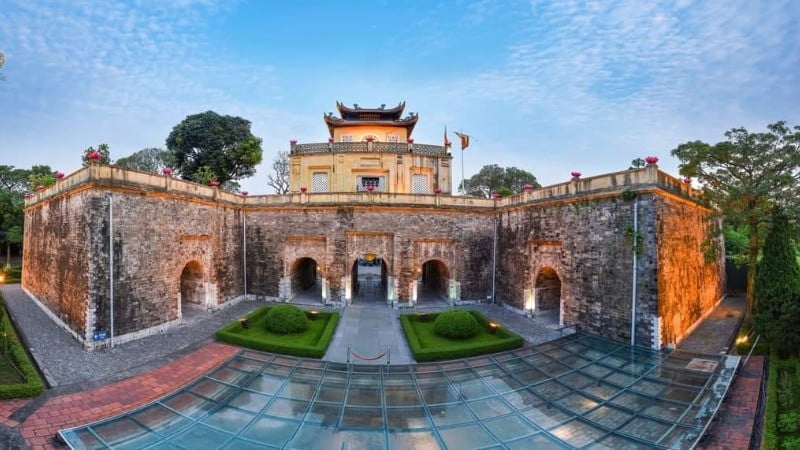

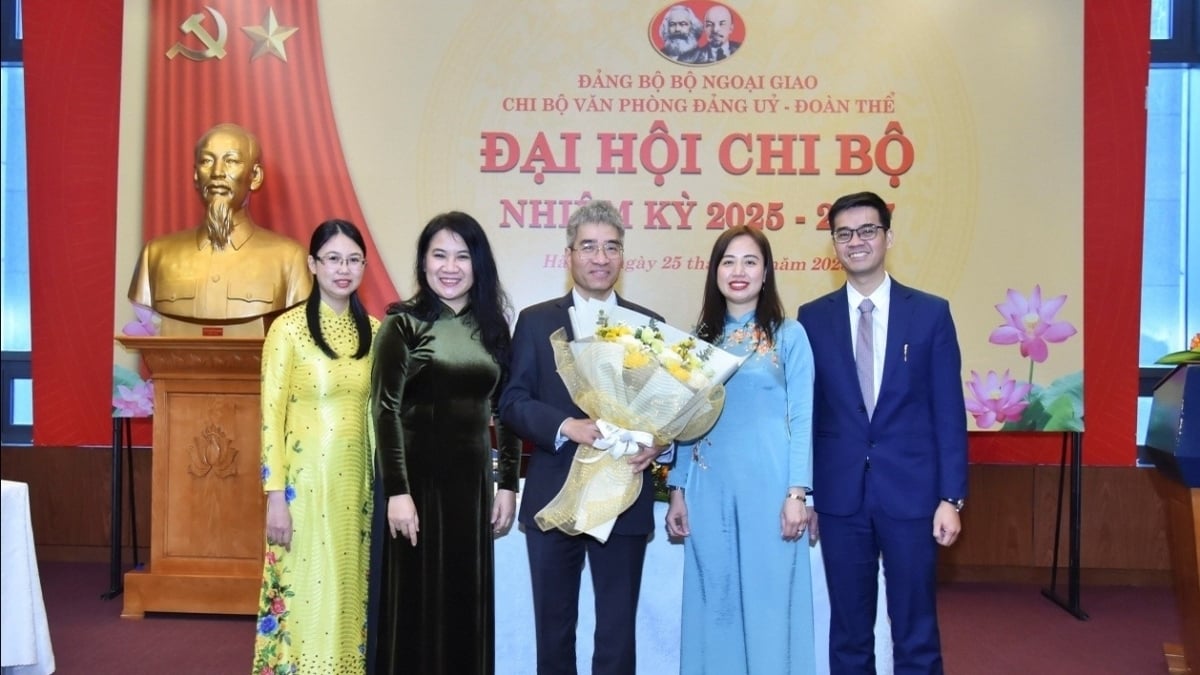

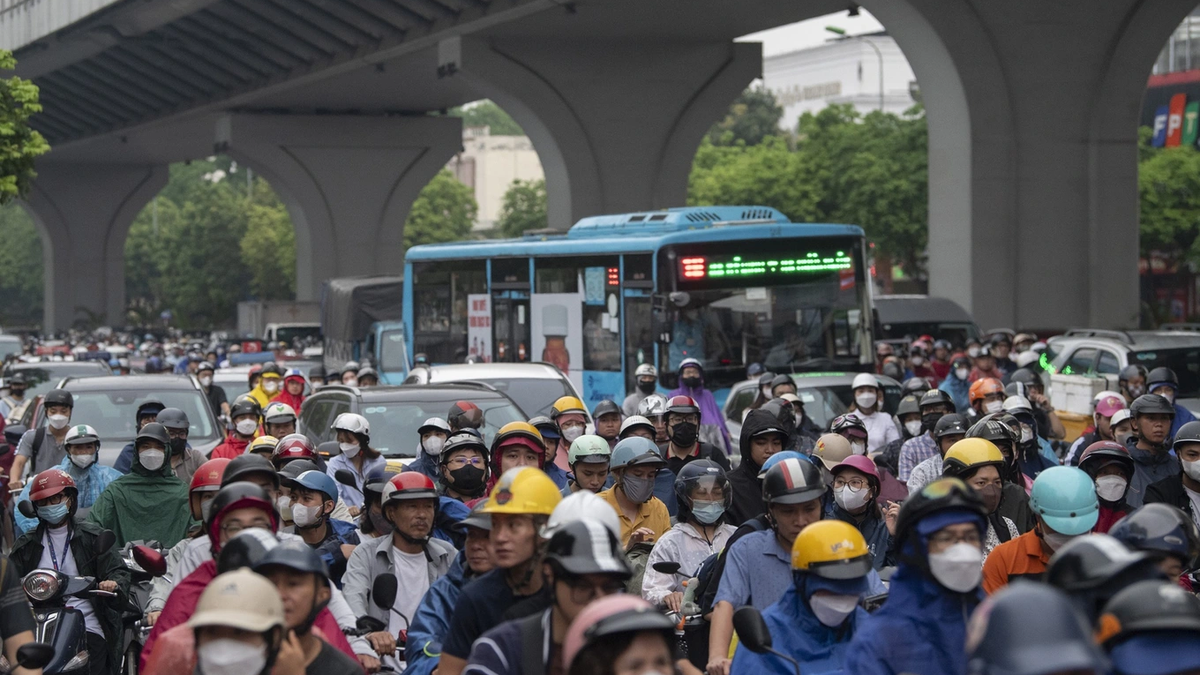

![[Infographic] Phong Nha-Ke Bang National Park and Hin Nam No National Park - The first transboundary world heritage of Vietnam and Laos](https://vphoto.vietnam.vn/thumb/1200x675/vietnam/resource/IMAGE/2025/7/14/e6edaedb8e7345e484b074affac0739b)

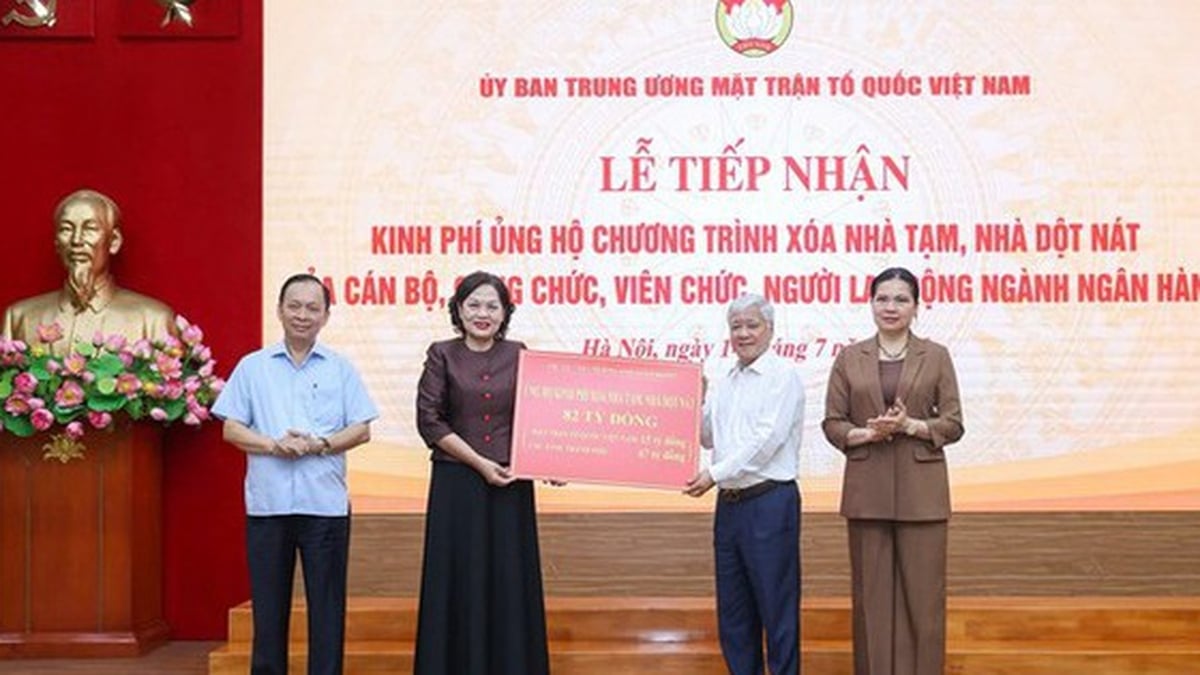
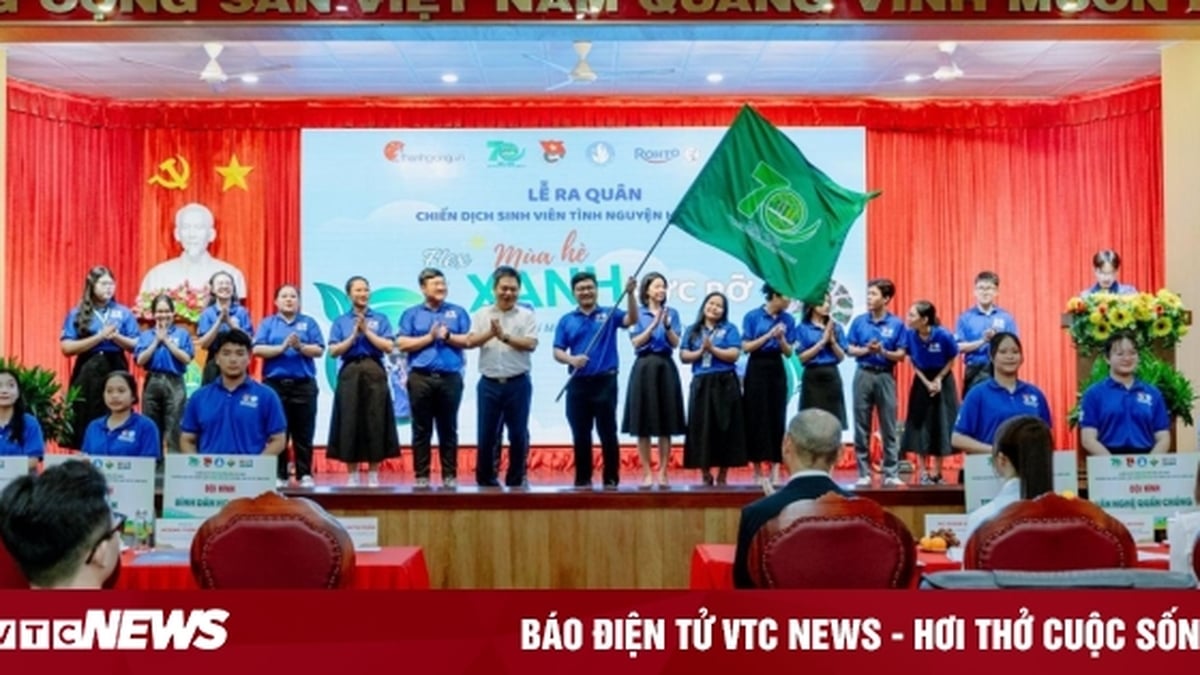








































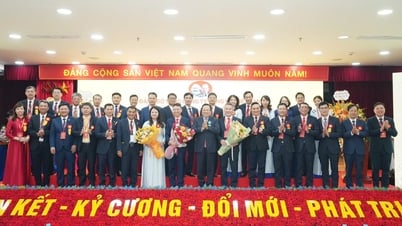






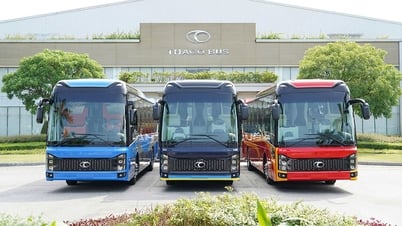




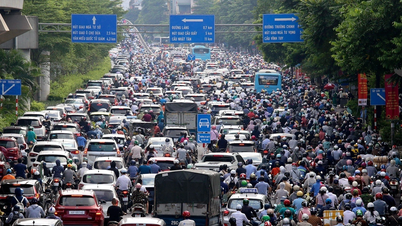
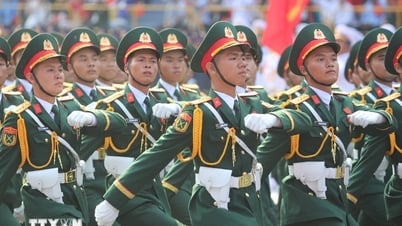

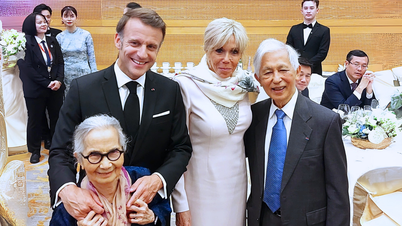
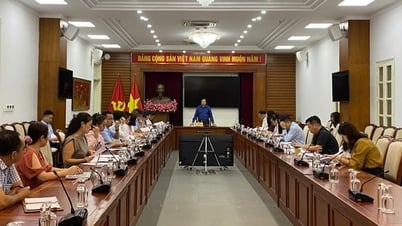

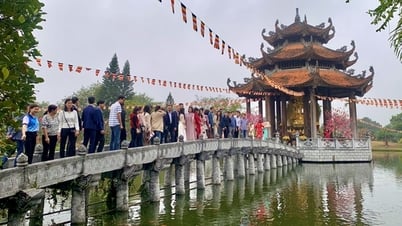


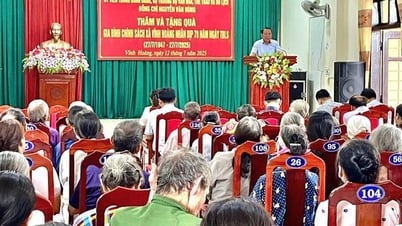
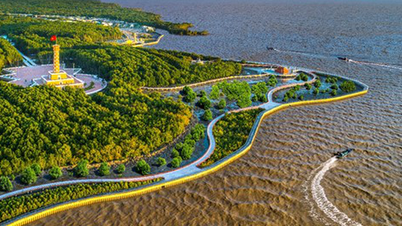
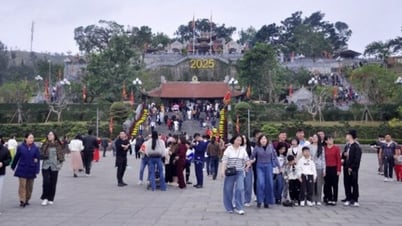
























Comment (0)